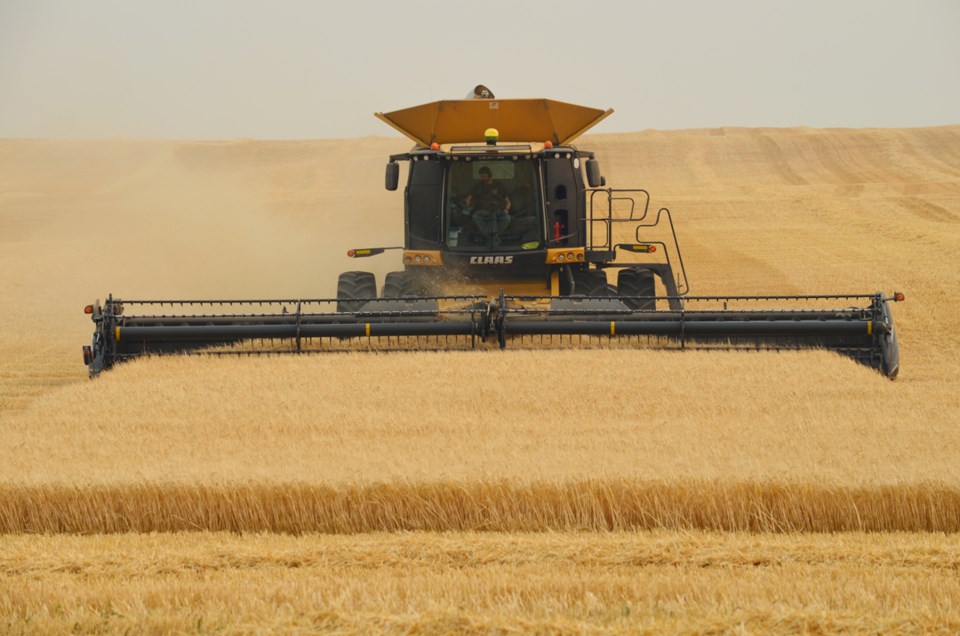The Saskatchewan Crop Insurance Program will provide a record level of coverage per acre for producers this year due to record-high insurance claims last year because of the province-wide drought.
Furthermore, new for 2022, the contract price option will be available on all commercial crops this year, while 13 new crops will be added for coverage.
“Reflected through the historically high claim year, the challenges Saskatchewan farmers and ranchers faced during the 2021 growing season reinforces the importance of our business risk management programs,” David Marit, Saskatchewan’s agriculture minister, said during a news conference on Feb. 22.
“The crop insurance program remains an actuarial sound program, with strong funding. Producers can continue to rely on the support, coverage and flexibility of the crop insurance program as they work toward the future of their operations.”
The Saskatchewan Crop Insurance Corporation (SCIC) — which oversees the program — continues to provide relevant pricing and coverage levels, he continued.
Average coverage will reach a record level of $405 per acre this year — versus $273 per acre last year — due to higher commodity prices and increased yield coverage. Due to this year’s 48-per-cent increase in coverage, the average total premium has increased to $12.05 per acre versus $8.59 per acre last year.
The average premium is lower due to strong production in 2020, Marit added. As there is a one-year lag when calculating premium rates, 2021 production is not used until 2023.
Producers faced a province-wide drought last year, which resulted in reduced available moisture to pasture and hay land, the Ministry of Agriculture said. In response to the extreme heat temperatures and dry growing conditions, a heat adjustment factor was added to rainfall data used in claim calculations for the Forage and Corn Rainfall Insurance programs.
When temperatures are above 31 degrees Celsius, precipitation amounts are now reduced in the “monthly per cent of normal” calculation. This adjustment recognizes the effect of extreme heat on forage and corn yields.
“Business risk management programs are critical tools for producers to address market volatility and severe business conditions,” said Kelcy Elford, president of the Saskatchewan Stock Growers Association. “We appreciate SCIC responding to producers’ needs to make coverage levels more reflective of increased forage costs and to adjust for moisture loss due to extreme heat.”
With the contract price option, producers can use their contract prices to blend with the crop insurance base price for higher coverage, the ministry said. This allows producers to establish an insured price reflective of the actual market value they would receive for their production.
New for 2022, this price option is available on all commercial crops. New crops added include fababeans, Khorasan wheat, fall and spring rye, sunflowers, triticale, winter wheat, extra-strong wheat, hard white wheat, all classes of chickpeas, caraway, irrigated dry beans and soybeans.
Producers can select the crops they want to be covered under the contract price option by March 31 and submit their contracts to SCIC by May 31.
March 31 is also the deadline for producers and farmers to apply, reinstate or cancel their crop insurance contract. Producers must select insured crops and coverage levels or make additional changes by this date. Producers can speak to their local SCIC office to make changes, or their coverage will remain the same as in 2021.
For more information, call SCIC at 1-888-935-0000 or visit scic.ca.




